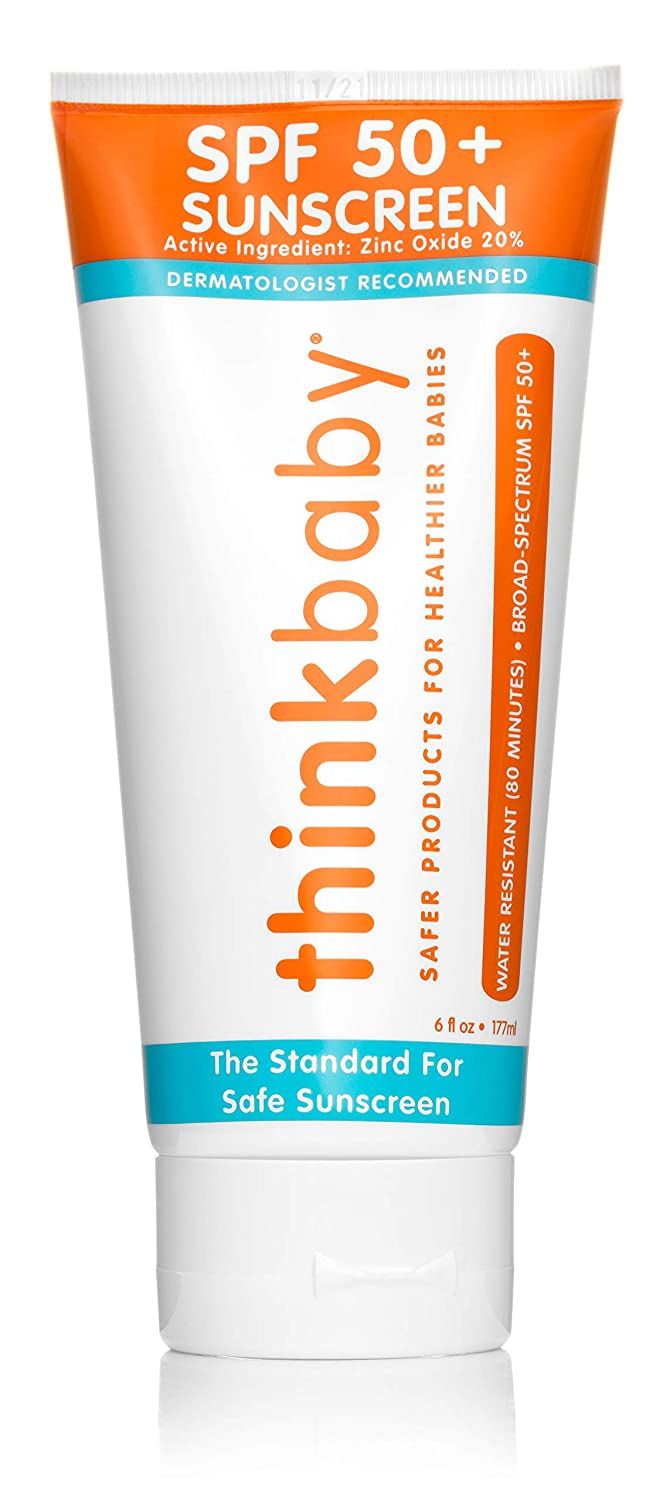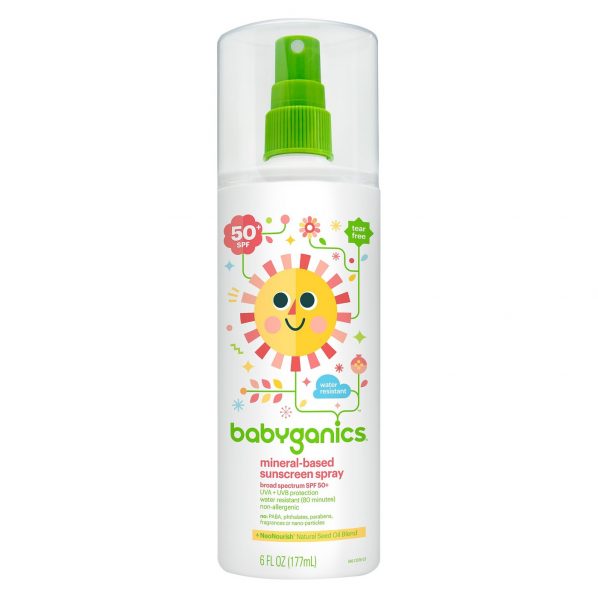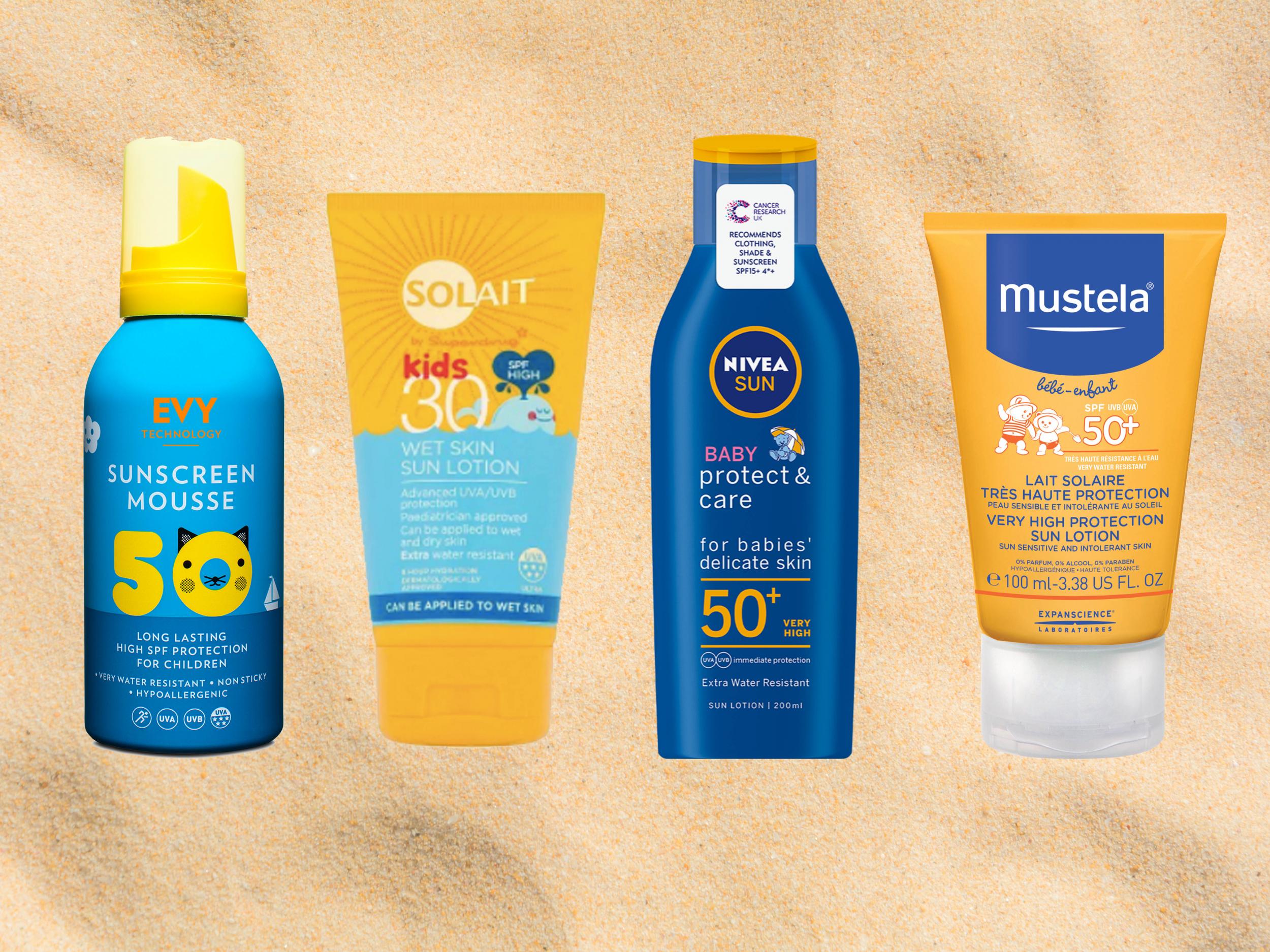
- Best baby sunscreen no chemicals how to#
- Best baby sunscreen no chemicals skin#
- Best baby sunscreen no chemicals free#
It is both reef-safe and devoid of cruelty. This lotion provides 80 minutes of water resistance once applied to the skin. This PABA-free, paraben-free, avobenzone, oxybenzone, and non-nano zinc oxide sunscreen protect against both UVA and UVB rays. Thinkbaby Baby Sunscreen Natural Sunblock
Best baby sunscreen no chemicals free#
We chose not to rub it into our daughter’s shoulders, nape of neck, or the back of her ears and we applied only a few layers – it kept those areas free of sweat and sunburn. Honestly, it’s no-mess situation, moms! There is no gloopy residue to deal with after application. It was easily stored for our trip and super accessible.

This is a travel sized stick and it fits anywhere ChapStick fits! This purchase was used specifically for a TSA travel bag for our first vacation with our daughter.


In addition, we like that this lotion is non-greasy and free of chemicals that parents would rather not use, such as parabens and phthalates.
Best baby sunscreen no chemicals skin#
You and your baby are protected with Aveeno Baby Continuous Protection Sensitive Skin due to a broad-spectrum composition made with organic components like zinc oxide and oat. If your infant has sensitive skin or eczema, you must choose a sunscreen that is potent enough to shield their skin from the environment and UVA/UVB rays while also being soft enough to not irritate their skin. Aveeno Baby Continuous Protection Zinc Oxide Mineral Sunscreen Reapply baby’s sunscreen every two hours while you’re outside, as well as right after following any water-related activities and towel drying. Use SPF 30 or higher, and apply at least 15 to 30 minutes before going outside. Apply infant sunscreen in a thin coating over any parts that are still exposed.
Best baby sunscreen no chemicals how to#
How To Apply Sunscreen On Your Babiesīy wearing a baby in UV-protective clothes, a sun hat, and sunglasses to shield him from the sun’s rays, you can reduce the need for sunscreen. Additionally, it’s likely that your infant inadvertently breathed in the spray’s toxins. On a windy day, the spray may fly off your infant before it even gets to him or her if you’re out and about. You should also check the ingredient list on any baby sunscreen you are thinking of purchasing to see whether it includes any scents, dyes, parabens, phthalates, PABA (para-aminobenzoic acid), or other ingredients that can harm your baby’s delicate skin.Īerosol sunscreen sprays are not administered with the proper thickness, so even though they might appear convenient for quickly placing SPF to a restless youngster, you’re definitely not providing them with adequate protection. Make sure your baby’s sunscreen does not include the substance oxybenzone, which several nations and states have prohibited since it is known to harm coral reefs and may have hormonal consequences. Whatever the case, using any sunscreen is significantly preferable than using none at all to protect infants from sunburn. The fact that zinc is a common ingredient in diaper creams may help ease your concerns about applying physical sunscreen to your children. It has been reported that chemical sunscreens are not as effective as those containing the mineral components zinc oxide or titanium dioxide. That’s a wise generalisation to keep in mind while purchasing your personal sunscreen, too! These substances are regarded as physical sunscreens, which means that when you apply them, they remain on the skin’s surface rather than being absorbed. Only titanium dioxide or zinc oxide should be listed in the active component list. When purchasing infant sunscreen, search for a product with the label “broad-spectrum,” which denotes that it will offer UVB and UVA radiation protection. What To Look Out For When Buying Sunscreen For Babies Babo Botanicals Baby Skin Mineral Sunscreen



 0 kommentar(er)
0 kommentar(er)
